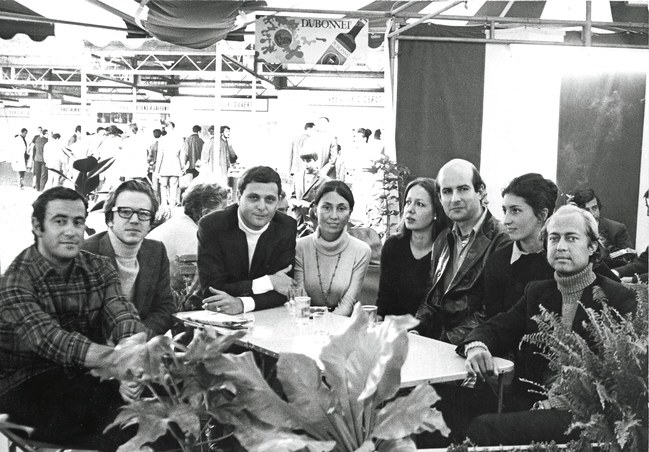‘Truth stabs. Fiction toughens.’ – José Castello
In this fiction special, the Granta magazine editors share some of their favourite short stories. If we had a comments section, you could join the conversation.
Luke Neima
I’ve long been a fan of Mary Gaitskill, so what a pleasure to discover this, her first published short-story. That distinctive way she has of articulating the nuanced faults of her characters, stringing them up for her readers in harrowing, idiosyncratic light, is there from the start.
‘Susan often wonders what it is about her that attracts these cases. What could it be about her face, her posture, that makes someone like this pink mayonnaised-voiced creature with kilowatt eyes single her out as his own private sounding board? “I’m supposed to meet a friend after work.” She smiles nicely, revealing her cavity ridden teeth.’
Eleanor Chandler
In ‘The Child’ by Ali Smith a woman finds an abandoned baby in Waitrose. And then it starts to talk. What follows is both hilarious and unsettling; Smith excels at bringing a surreal tinge to the mundane.
‘I thought about leaving it right there in the car park behind the recycling bins, where it couldn’t do too much damage to itself and someone would easily find it before it starved or anything. But I knew that if I did this the people in the store would remember me and track me down after all the fuss we’d just had. So I laid it on the back seat of the car, buckled it in with one of the seatbelts and the blanket off the back window, and got in the front. I started the engine.’
First published in NOON, and later featured on Catapult, Christine Schutt’s ‘The Blood Jet’ is a condensed and brutal pleasure to read. A woman gives up everything to live with a man nobody approves of. With emotional precision and deep concern for sound and rhythm, Schutt’s language makes this familiar plot quiver with new energy and complexity.
‘He was never nice, yet I let him move in. This, I thought, was experience. This was preparation for some life or this was life after a certain age: acutely felt, clearly flat. No romance.’
Josie Mitchell
The disingenuously considerate tone that runs through Rivka Galchen’s ‘How Can I Help?’ is delicious. I’m quoting the opening paragraph in full because the momentum of this rant should not be interrupted.
‘Consider Hayley, our hire of two months. . . Hayley is twenty-four years old, and she is earning $8.35 an hour. Every morning, she comes in with a large coffee from a retailer whose name I will not mention, usually with “skim latte” indelibled on the cup. A latte of that size, from that retailer, costs $4.25. Which is roughly thirty-one minutes of labor for Hayley. Pre-tax. This chronic decision of Hayley’s will translate into an annual expenditure of approximately eleven hundred dollars. On an expected income of sixteen thousand five hundred dollars. All of which is fine. Someone may choose to spend that proportion of her income that way; you never know what coffee, or anything, means to another person. In a very nondirective manner, I remarked to Hayley last Friday that the coffee provided for free by our center was from the retailer she chose to frequent—the same retailer. I just mentioned it, I didn’t press the point. At no point did I make any open judgment about the value of the coffee per se, as I understand that it is about the value of the coffee to her.’
Francisco Vilhena
Two beautiful mind-fucks, each with several degrees of awesome.
‘In its earliest incarnation, The Death of Birds was a duet performed by two recent Laban graduates whose names are, alas, forgotten to history, or at least forgotten to this writer. It was danced to birdsong and lasted twelve minutes and fourteen seconds. It was utterly opaque and I was utterly captivated. I was twenty-three years old and ready to suffer profundities.’ From Ka Bradley’s ‘The Death of Birds’.
‘The eight people who appear in the photo, who are posing for the photo, are fanned out around one side of the table in a crescent or a kind of opened-out horseshoe, so that each of them can be seen clearly and completely. In other words, no one is facing away from the camera. In front of them, or rather between them and the photographer (and this is slightly strange), there are three plants—a rhododendron, a ficus, and an everlasting—rising from a planter, which may serve, but this is speculation, as a barrier between two distinct sections of the café.’ From Roberto Bolaño’s ‘Labyrinth’

Image © Bill Smith






